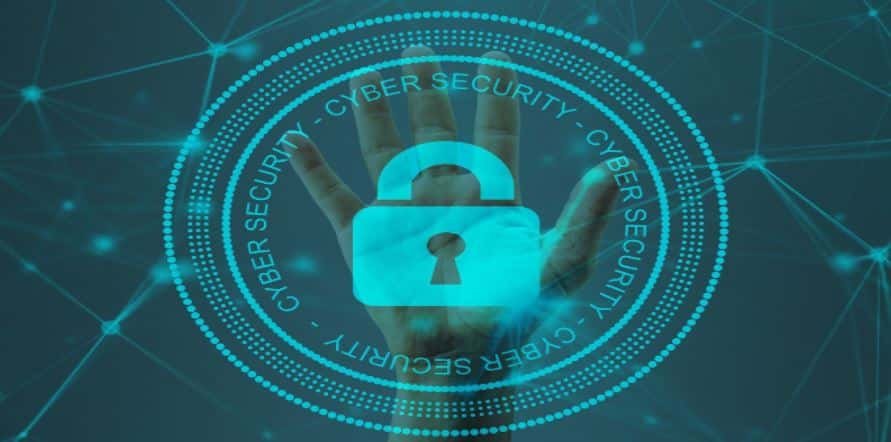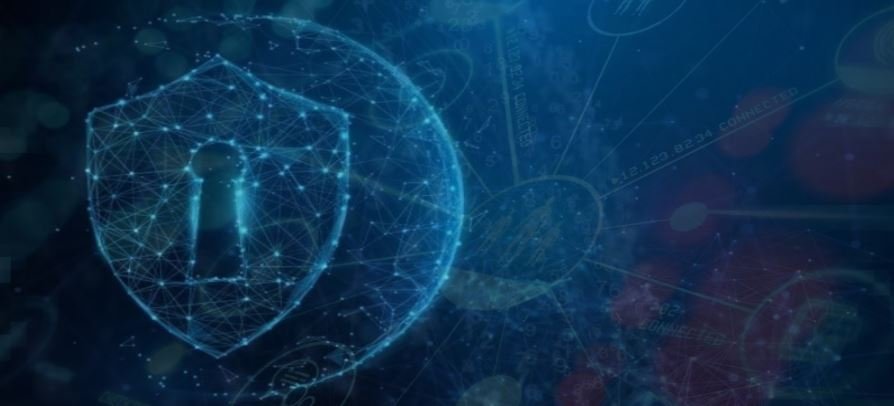Tech
7 Cyber Security Threats To Be Aware Of In 2021

Technology is ever-evolving. With the onset of Covid 19 in 2020, We had to shift and use it more. Unfortunately, cybercriminals took the opportunity to diversify their criminal activities.
More than ever, the criminals devised new and creative ways to continue their malicious acts.
[lwptoc]
What is a Cybersecurity Threat?
A cybersecurity threat is anything unwanted that seeks to damage information and disrupt digital operations through unlawful data access. Cybercriminals usually have several motives. But, the most prominent of them is money.
These attacks originate from several sources like terrorist groups, hacktivists, corporate spies, dissatisfied employees, lone hackers, and hostile nation-states.
Cyber-attackers often use individuals or sensitive organizational data to access certain information, financial accounts, and other potentially damaging acts.
To be on the safe side, individuals and organizations can seek the services of ICS security vendors.
Cybercrimes to Be Aware of in 2021
-
Ransomware and Malware Attacks
Malware is malicious software like ransomware, spyware, viruses, and worms. Usually, it’s activated when a user clicks on suspicious attachments or links. This may lead to the installation of malicious software. When malware is activated, it can:
- Install additional harmful software
- Block access to some network components
- Disrupt system operation
The cost of ransomware is higher in 2021 than in 2020. It gained track in 2017 when WannaCry spread across the world and caused havoc. Its success is dependent on its simplicity to execute an attack and cause devastating effects.
With the evolution of technology, its prominence is now more real. Unfortunately, Technologies like AI don’t make the situation any better. Even with the best malware detection software, some malware is so powerful and can go undetected. They deny you access to your most important files. Once they infiltrate your system, you could lose your data forever.
To protect your data, you need to create multiple copies of your files and back up them.
-
Remote and Cloud Work Attacks

Image source: pixabay
The new wave of digitalization in 2020 lead to the sprout of remote work. Cloud will continue shaping how businesses operate in 2021 and the upcoming years. With the onset of Covid 19, most companies had to make their employees work from home.
Organizations resorted to iCloud technologies. Unfortunately, some companies were not keen on cybersecurity during the transformation. Also, most home network setups are not as secure as corporate network setups, making organizations vulnerable to these crimes.
Digital migration exposes companies to cloud app vulnerabilities, diminished visibility, misconfigurations in cloud storage, and incomplete data deletion. Cybercriminals hence look for loopholes on employee’s home networks. They then attack the cloud infrastructure leading to the data breach.
You can secure data centers by:
- Introducing multi-factor authentication or biometrics
- Having a robust access control system
It’s also important for IT teams to embrace remote monitoring that would help automatically patch network computers, thus helping in keeping them safe.
-
5G Swarm Enabled Attacks
Swarm cyberattacks have increased by 82%. We can’t deny that 5G technology has ushered in a new era of cybersecurity. It has opened new avenues for cybercrimes. The high-speed networks will increase the threats of advanced swarm base attacks.
AI capabilities and Data exchanges enable swarm-bots to discover, relate, share vulnerabilities, and alter attack strategies.
The attack infects several devices at the same time. The devices are first divided into sub-groups, with each possessing a unique function. The swarm bot then attacks other devices or networks.
Also Check: How to Keep Your Business Data Secure from Cyberattacks?
-
Fileless Attacks
Fileless attacks don’t rely on file-based payloads or create new loads. Instead, they take advantage of existing features present in a victim’s environment. A fileless attack begins with a link that redirects individuals to a malicious website.
The social engineering trap on the website then launches system tools like window PowerShell.
They then retrieve and infuse malicious payloads into the system memory. Usually, such attacks go undetected. Thus it’s necessary to do an extensive analysis and determine the tools used abnormally. Fileless attacks have been around for years, and with many successes, such crimes are on the rise.
To prevent fileless attacks, it’s advisable to:
- Always update your system
- Never click on a suspicious link
- Monitor network traffic.
-
IoT Devices

Image source: pixabay
According to a Fortune Business report, the internet of things (IoT) market is likely to hit $ 1.1 trillion by 2026. The growth also means an increase in complex cybersecurity threats. Unfortunately, this poses a serious threat to the Internet of Medical Things (IoMT) and could lead to an international crisis.
Additionally, several new IoT devices are relevantly new in the market. Thus, cybercriminals target weaknesses that are associated with the latest technology. Also, it’s challenging to come up with strategies that can keep up with the emergence of these IoT tools.
-
Social Media-Based Attacks
Social media has been a medium for launching several types of attacks. Cybercriminals are likely to target businesses rather than individuals. An example is when a cybercriminal poses as pseudo of a legit company. They could announce the launch of a new product or service.
Once a user clicks on the registration link, they may be redirected to a malicious website. Here, they would be told to factor in their personal information for authentication.
Inefficient verification and some authentication practices allow social media attacks. Also, these criminals may use malicious QR codes or abbreviated URLs to launch cyber-attacks on a real business account or through rogue attacks posing the same name.
-
Insider Threats
Around 30% of security breaches result from internal factors. They include both malicious attacks or employees using data and systems and negligently. These threats are likely to spike in 2021 and beyond.
To protect themselves from these threats, companies can accurately detect and respond to any issues that might lead to internal attacks. They also need special tools to protect their businesses as antivirus and anti-malware tools aren’t effective against them.
These tools should detect suspicious changes, abnormal; activities, or threats from system misconfigurations.
Conclusion
Both companies and individuals should beware of cybersecurity threats. We should always be on the lookout and take necessary measures to prevent such attacks. It’s better to be safe than sorry.
Check out: The Changing Trends in Cybersecurity
-

 Entertainment2 months ago
Entertainment2 months agoBflix.gg Not Working? Here’s Where You Can Stream Free Now
-

 Fashion2 months ago
Fashion2 months agoVintage Styles Making a Comeback: Trends You Should Know
-

 Tech1 month ago
Tech1 month agoLatest Durostech Updates: Key Highlights
-

 Entertainment2 months ago
Entertainment2 months agoIs Shannon Reardon the Same as Swanick? Here’s What We Know






